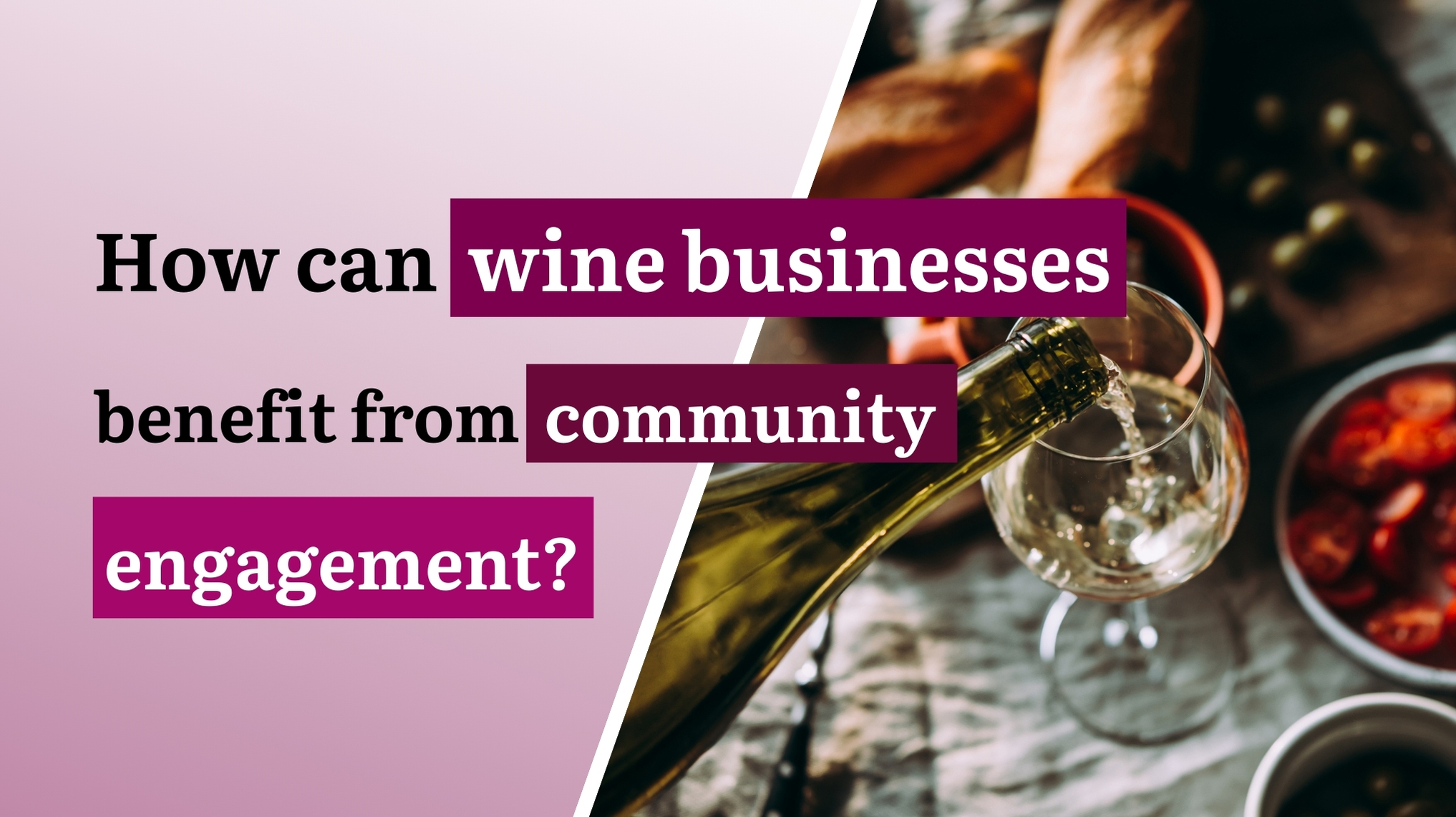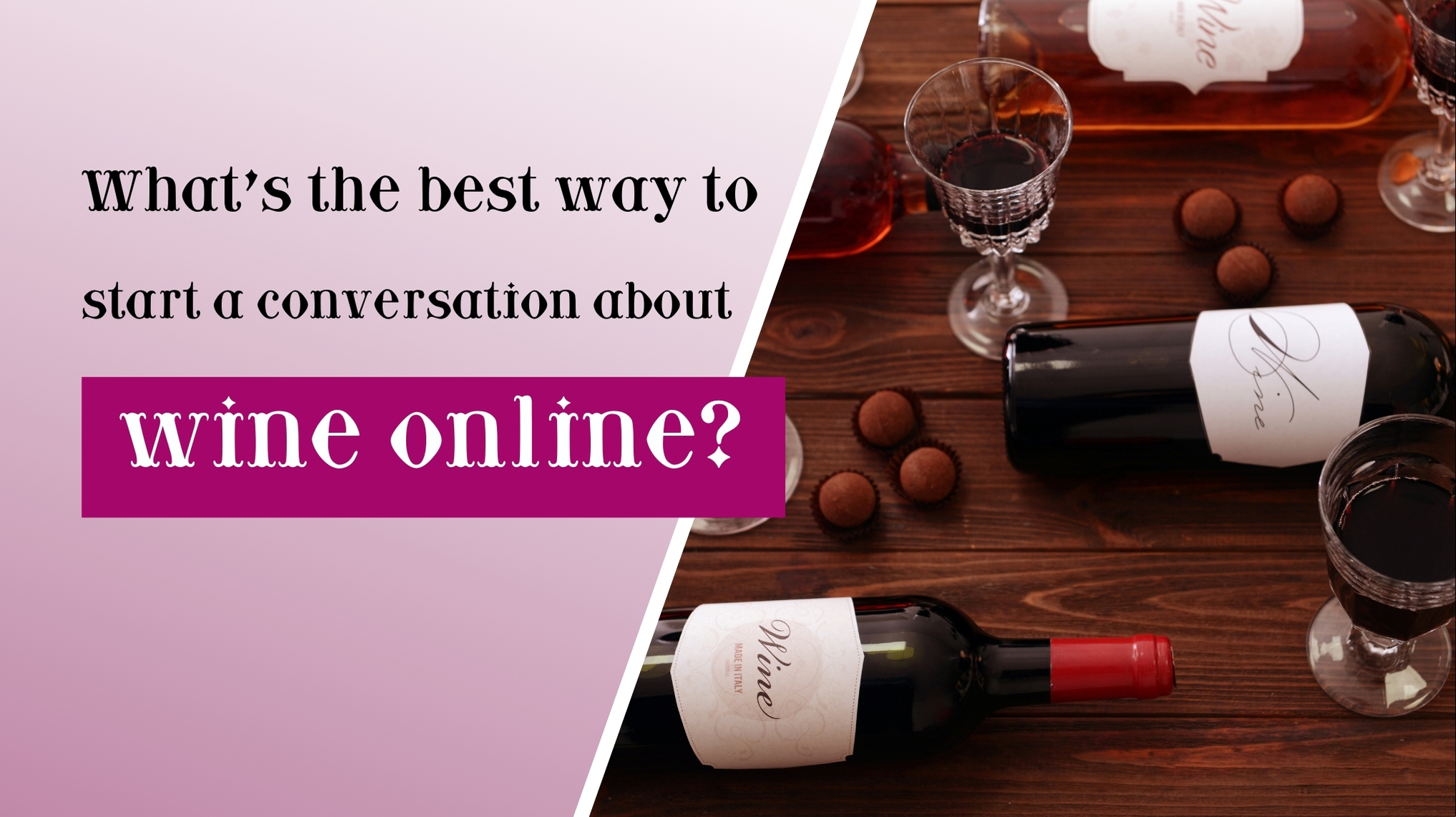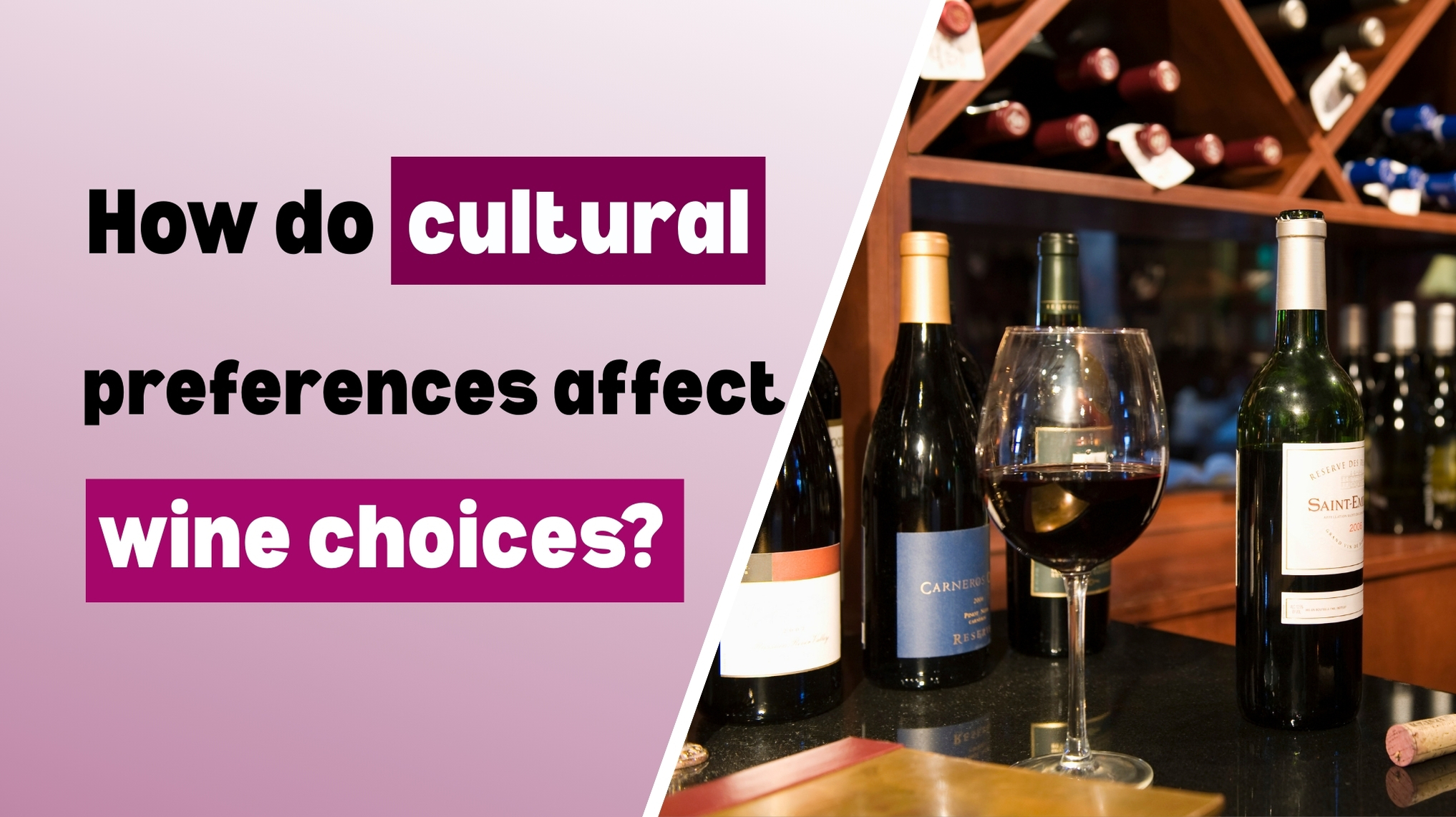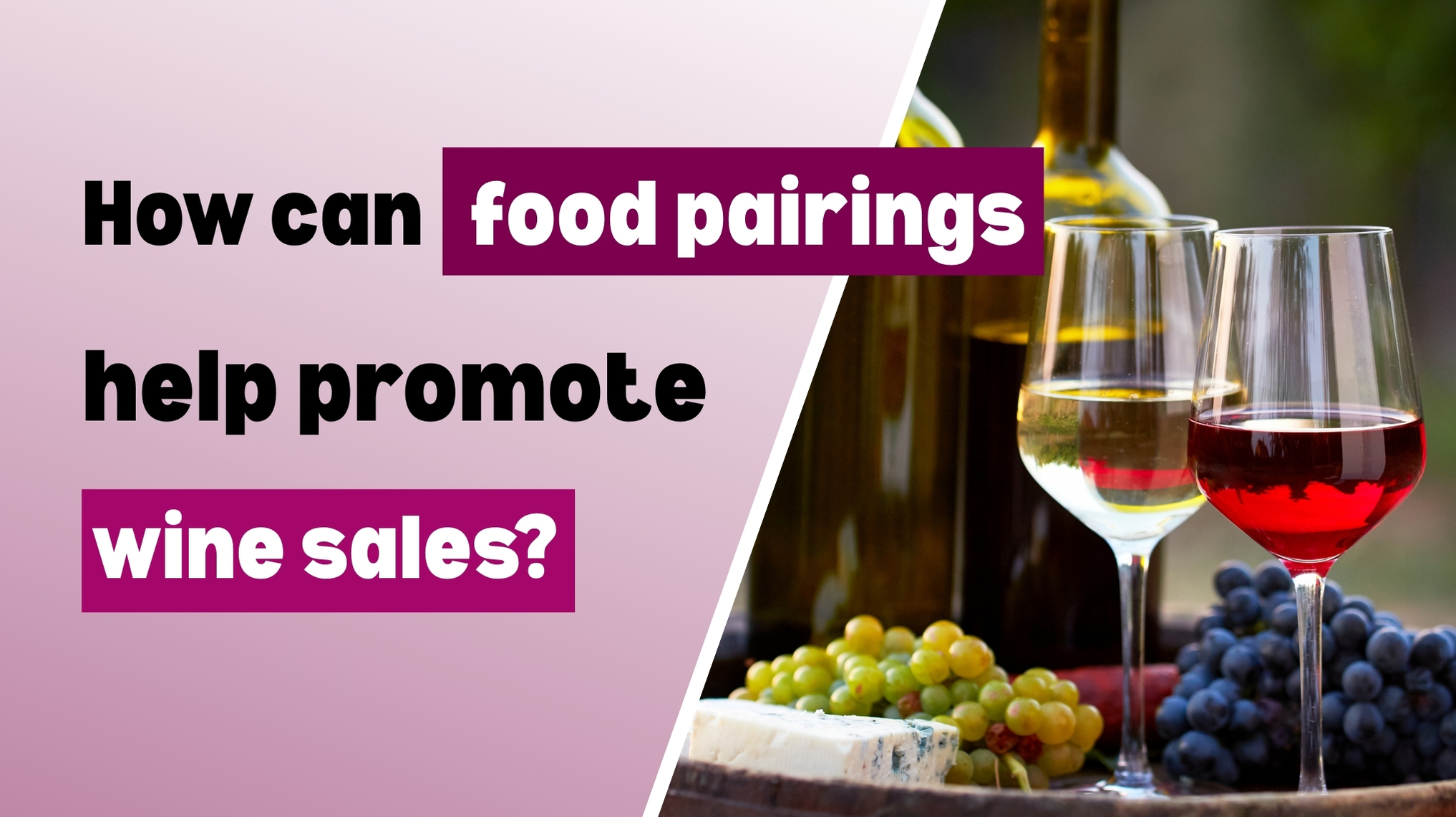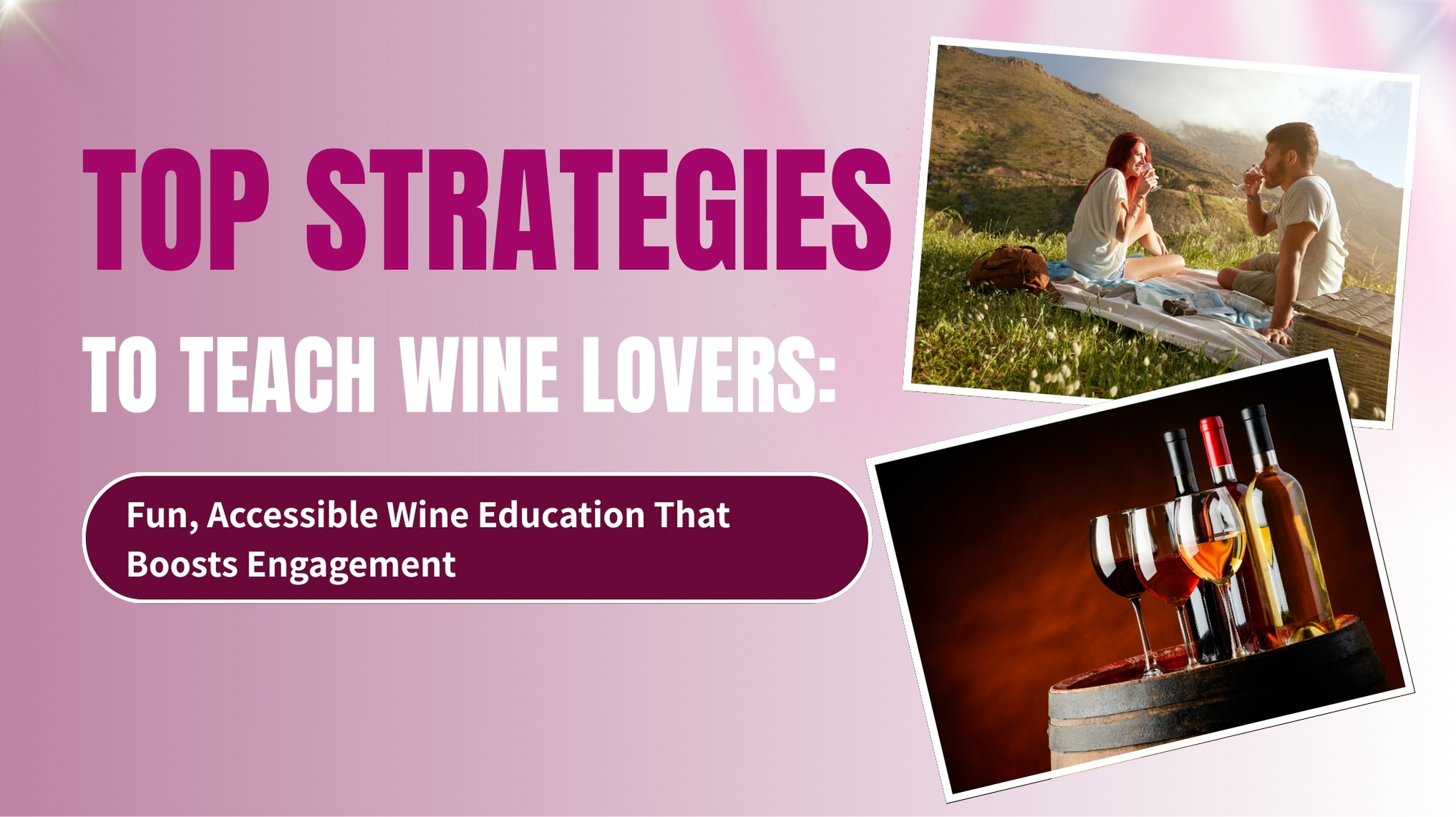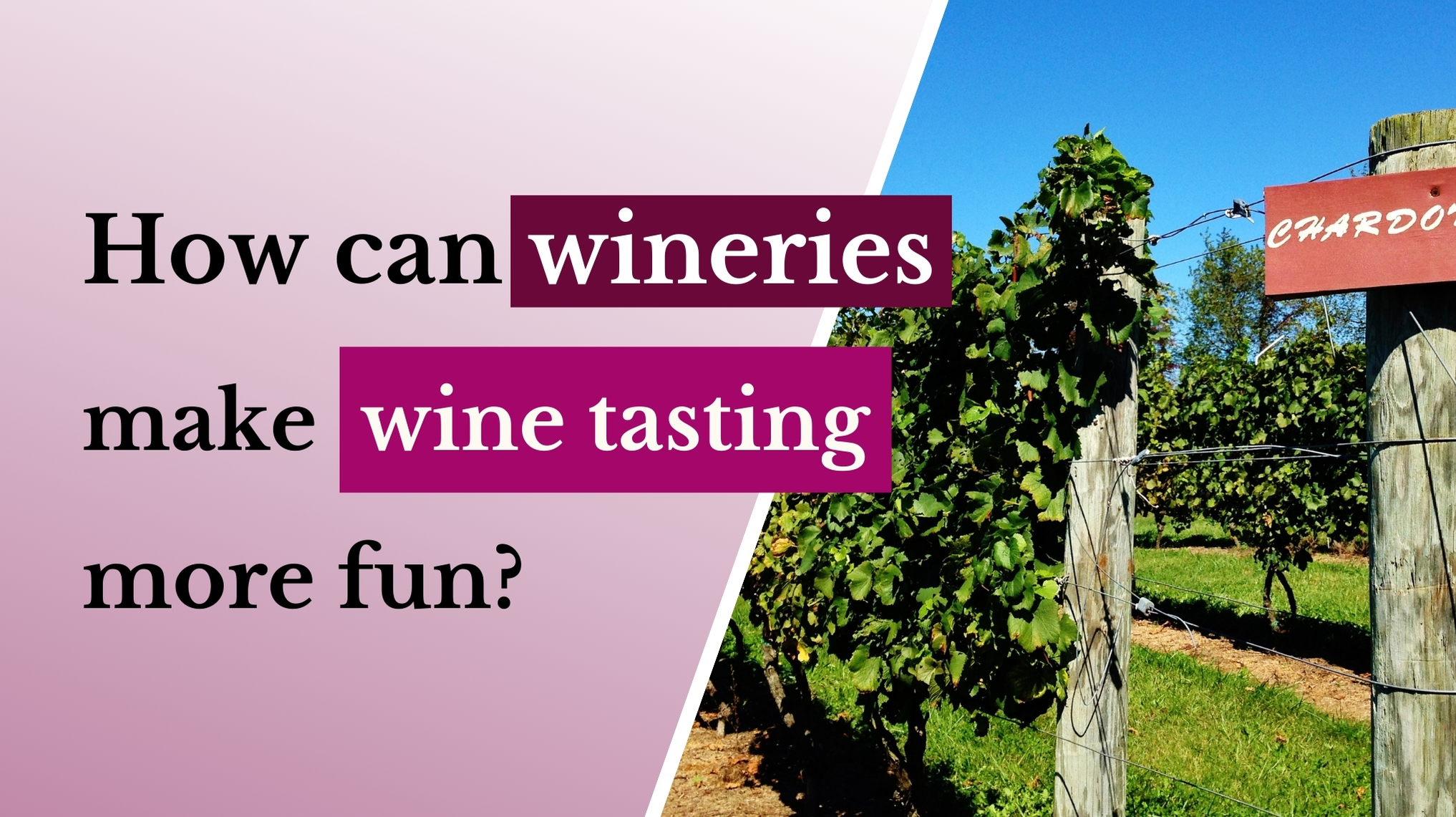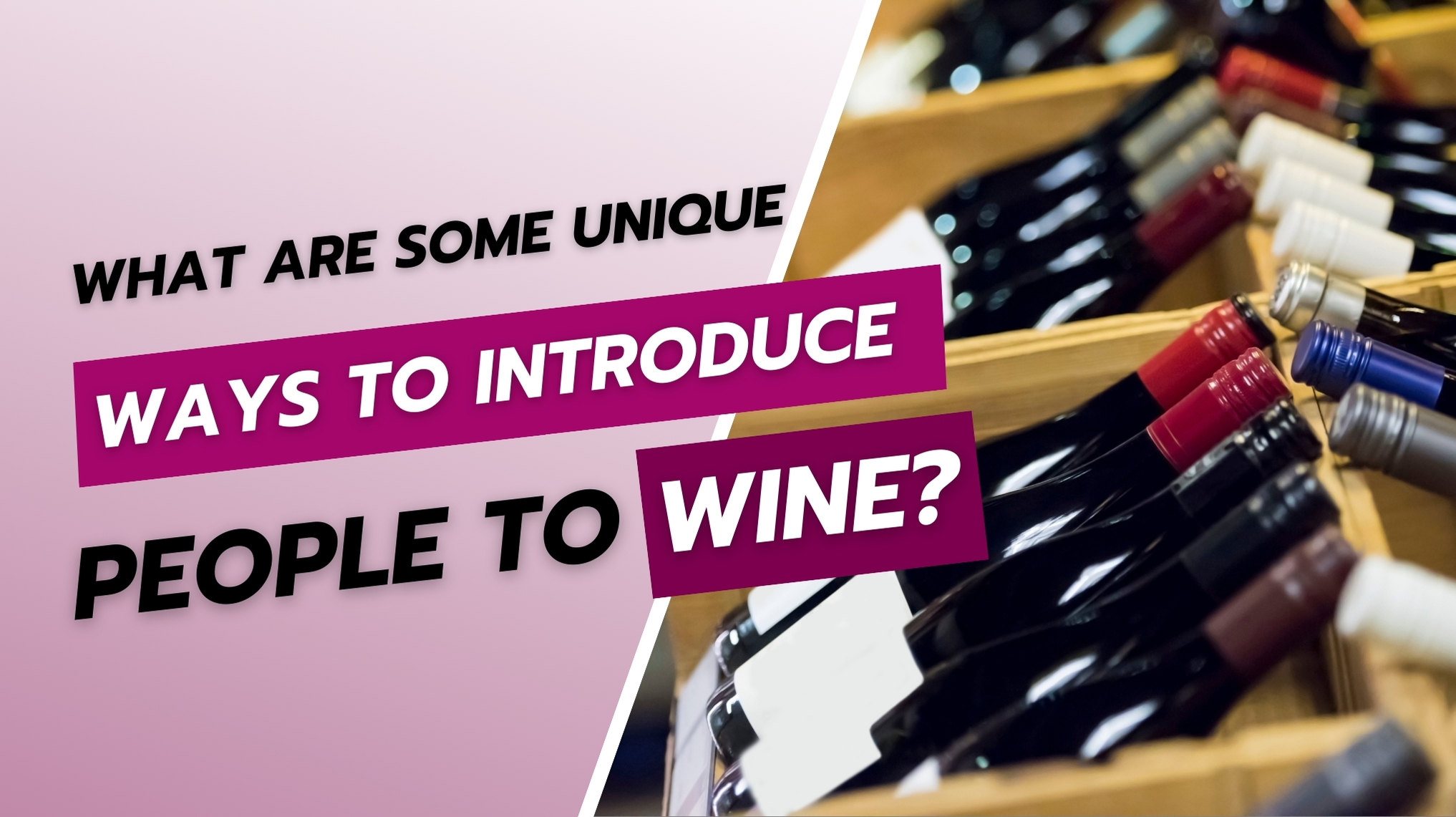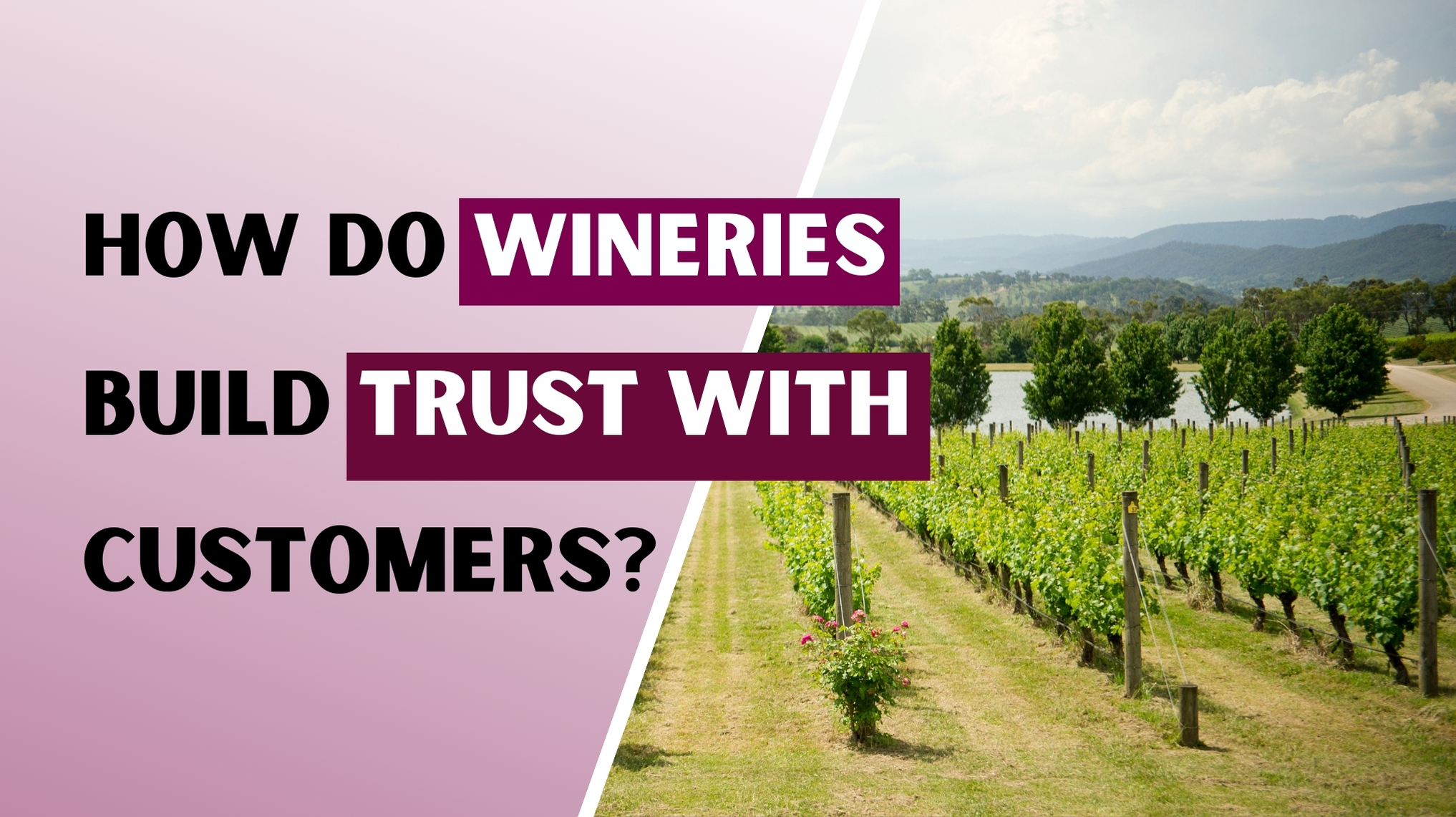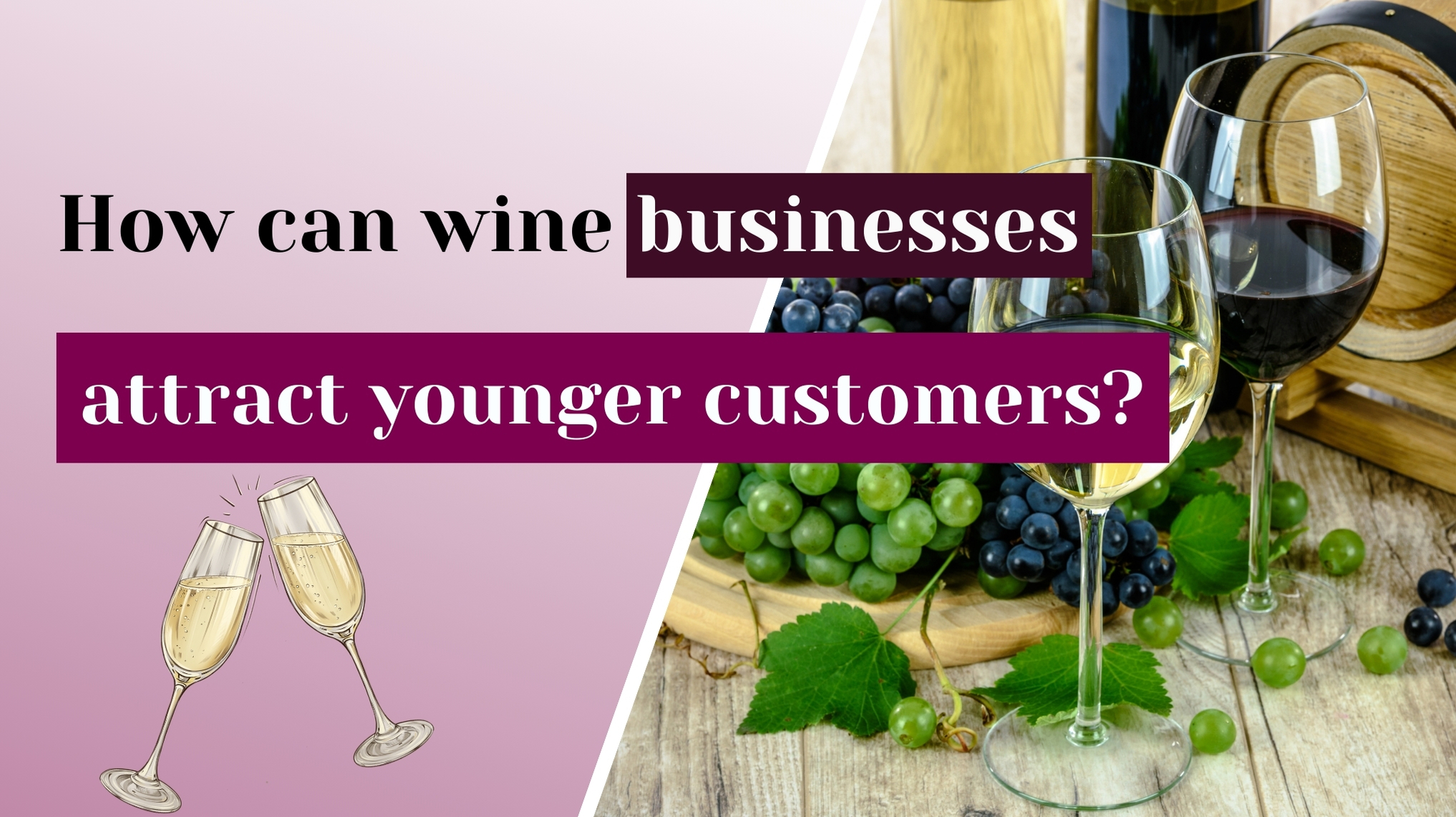How to Attract Wine Lovers in 2025?

Proven Strategies for Wineries and Brands
The wine industry in 2025 is rapidly evolving. Changing consumer preferences, digital innovation, and a rising focus on sustainability are shaping the way wineries and wine brands connect with their audiences. To succeed in this competitive environment, wineries must adapt by offering more meaningful, personalized, and environmentally conscious experiences. This article outlines practical and easy-to-understand strategies that wineries and brands can use to attract and retain wine lovers in 2025.
Embrace Experiential Marketing to Create Lasting Impressions
Modern wine consumers, especially younger generations, are looking for more than just a good bottle of wine. They seek experiences that are engaging and memorable. Hosting interactive events such as vineyard tours, wine blending workshops, and virtual tastings can help build a direct connection with customers. These experiences allow people to learn, interact, and form emotional bonds with your brand.
In addition, wineries can use modern tools like augmented reality to make their labels more interactive. By scanning the label with a smartphone, customers can watch videos, learn the story behind the wine, or even get food pairing suggestions. These immersive experiences leave a lasting impression and help turn first-time buyers into loyal customers.
Focus on Sustainability to Appeal to Eco-Conscious Buyers
Sustainability is no longer optional. More consumers are choosing wines that align with their environmental values. Wineries can attract these buyers by adopting eco-friendly practices such as using recyclable or lightweight packaging like aluminum cans, which also help reduce shipping emissions. Farming techniques that avoid harmful chemicals and promote soil health, like organic and biodynamic farming, also appeal to customers who care about the planet.
Highlighting your sustainable practices on your website, labels, and in marketing campaigns helps you build trust with environmentally aware consumers and sets your brand apart in a crowded market.
Use Digital Platforms and Social Media to Expand Reach
Having a strong online presence is essential for any winery that wants to grow in 2025. Social media platforms like Instagram, Facebook, and TikTok are powerful tools for sharing stories, behind-the-scenes content, and engaging directly with followers. Hosting live sessions, Q&A videos, or giveaways can boost your visibility and attract new followers.
Your website should also be easy to navigate, fast-loading, and mobile-friendly. Make sure customers can find product information, place orders, and contact your team with ease. An online store that works smoothly will improve the shopping experience and increase sales.
Provide Personalized Experiences to Build Customer Loyalty
Personalization is key to attracting and keeping customers. Collecting data on preferences and past purchases allows you to recommend wines that each customer is likely to enjoy. These suggestions show that you understand your buyers, which strengthens the relationship.
Another effective tool is a loyalty or membership program. These programs can offer benefits like early access to new releases, birthday discounts, or exclusive event invitations. Personalized experiences make customers feel valued and increase their chances of returning.
Expand Wine and Food Pairing Options to Encourage Exploration
Wine and food pairings can turn a simple meal into a delightful experience. By offering pairing suggestions with global cuisines, wineries can show how their wines fit into different dining traditions. For example, suggesting a red blend with spicy Indian dishes or a crisp white wine with sushi can open up new tasting opportunities for customers.
Providing interactive guides, visuals, or even short videos that demonstrate how to pair wine with food helps customers feel more confident and excited about trying new combinations. This type of education deepens appreciation and builds customer interest in your offerings.
Build a Community to Encourage Connection and Word-of-Mouth
A strong sense of community can turn casual buyers into brand ambassadors. Wineries can create this sense of belonging by offering wine clubs that include regular shipments, invitations to special events, and a platform for members to connect. This gives customers a reason to engage regularly and feel like they are part of something special.
Online communities, such as private social media groups or forums, also allow customers to share their experiences, ask questions, and exchange wine recommendations. This helps build a network of loyal supporters who can promote your brand organically.
Educate Your Audience to Build Trust and Understanding
Educated customers are more likely to value your wines and remain loyal to your brand. Hosting workshops and seminars on wine tasting, grape varieties, or winemaking processes helps demystify the subject and makes wine more approachable for beginners.
Creating educational content like blog articles, videos, and email newsletters can keep customers engaged between purchases. By sharing useful and interesting information, you position your brand as an expert and build long-term relationships based on trust.
Stay Informed and Adapt to Industry Trends
The wine market is always changing. To stay ahead, wineries must regularly track consumer behavior, competitor activities, and new industry trends. This can be done through surveys, social media listening, and industry reports. Understanding what your customers want helps you make informed decisions about product offerings, pricing, and marketing.
Flexibility is also important. If trends shift toward lower-alcohol wines, sustainable packaging, or digital-only tastings, be ready to adjust your strategy. Staying current shows your customers that you are forward-thinking and willing to meet their evolving needs.

